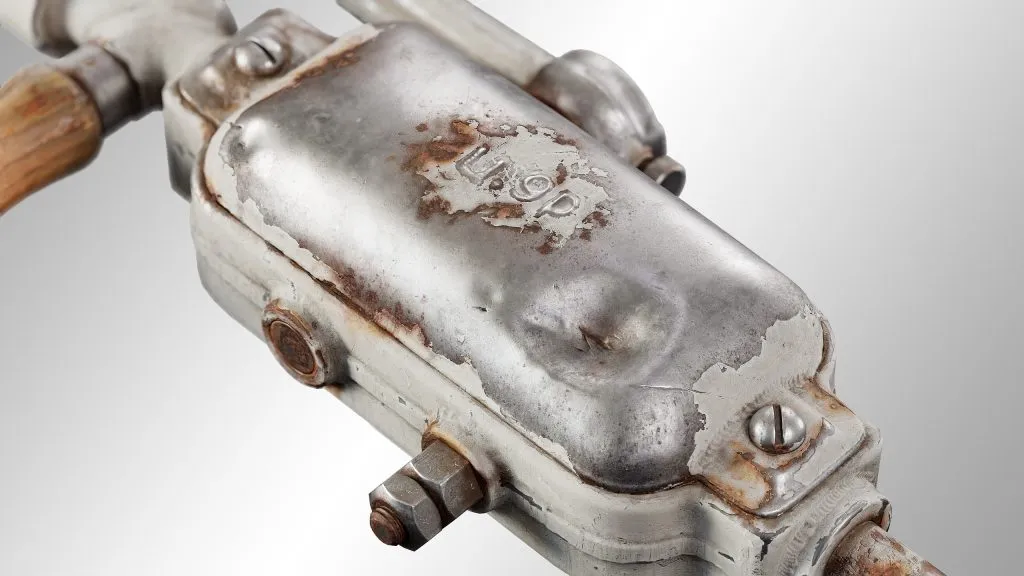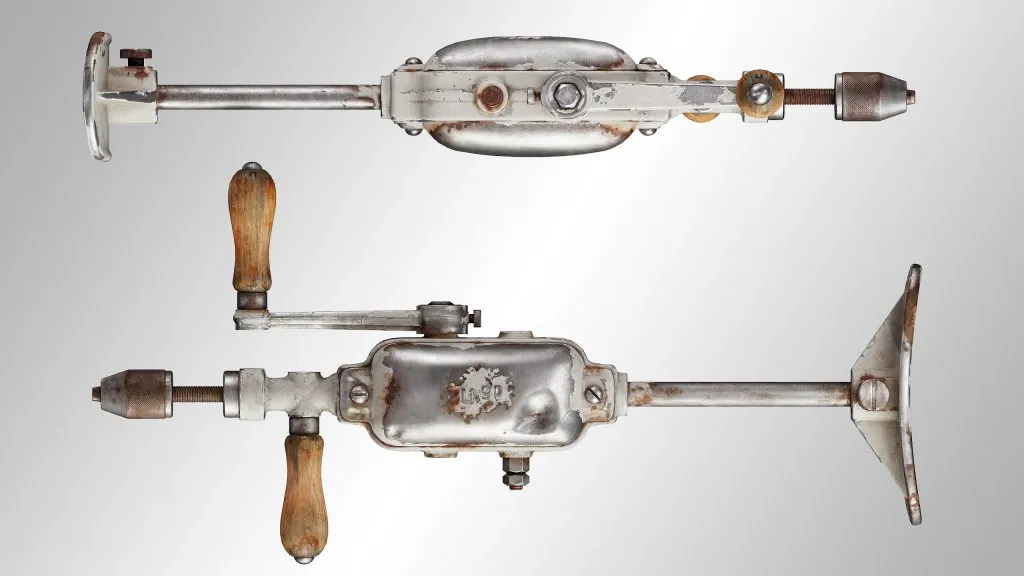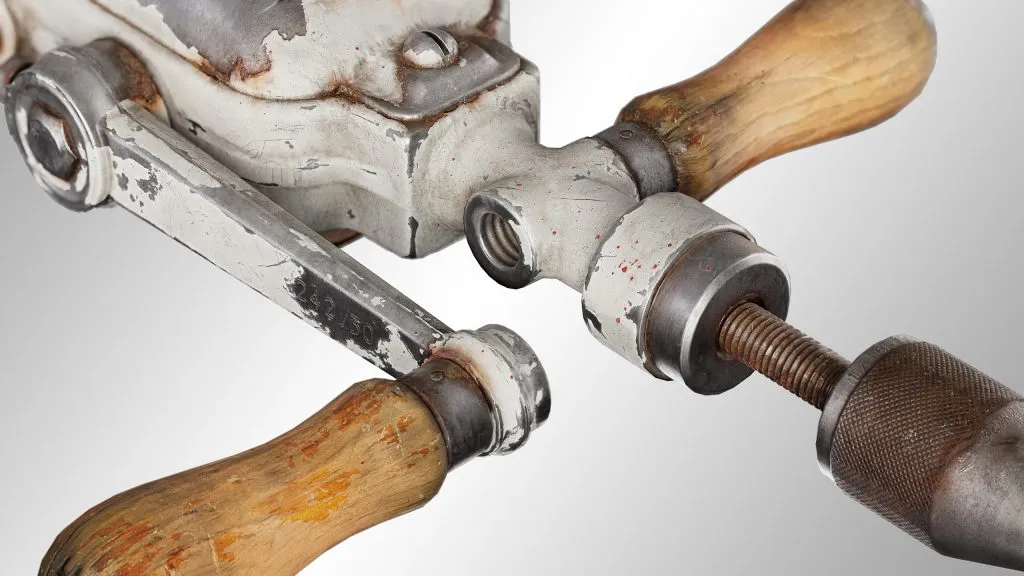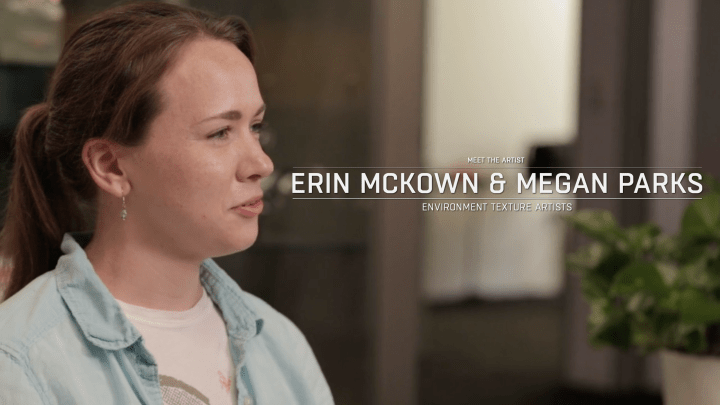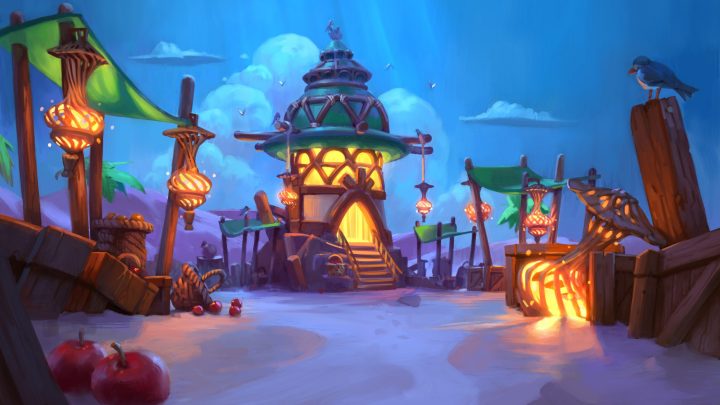Pushing Your Texturing Further with Jay Cummings
On ArtStation Learning, Jay Cummings provides a look into the process of texturing using Substance Painter, taking advantage of its tools and features to create a photo-realistic, game-ready 3D asset. Jay explores the use of resources and accurate references, building up layers of detail based on asset intentions, and how to leverage your layers properly to ensure a clean, high-quality result.
 Jay Cummings is a 3D Environment Artist based in Nottingham, UK. After spending 5 years as a hobbyist in 3D, followed by 5 years in Games Art education, he is currently a Junior Environment Artist at Deep Silver Dambuster. He specializes in environment creation with an emphasis on real-time elements, visual storytelling, and high fidelity 3D assets.
Jay Cummings is a 3D Environment Artist based in Nottingham, UK. After spending 5 years as a hobbyist in 3D, followed by 5 years in Games Art education, he is currently a Junior Environment Artist at Deep Silver Dambuster. He specializes in environment creation with an emphasis on real-time elements, visual storytelling, and high fidelity 3D assets.
Behind the course:
We’re very fortunate to be in a time where there are more resources than ever for people in this industry, whether you’re just getting started or looking to perfect more advanced aspects of your workflows. Within the realm of Substance Painter learning content, a lot of it exists that focuses on basic practices that don’t go much further than editing pre-existing Smart Materials at the most.
Whilst there isn’t anything inherently wrong with this method, there’s a lot to be gained by authoring your own materials and knowing how to manipulate all aspects of the data involved to maximize the end result. Essentially, this course was made to fulfill that gap I saw, providing guidance to transitioning beyond those basic practices into more hand-authored, tailored, and unique content.
I picked up the software suite relatively early on in its life, so I’ve had a good amount of time to play around with the functionality that it offers. That, and I surround myself with people that are also proficient within the software and with game art in general, be it through communities or smaller friend groups of industry professionals. The feedback and advice are imperative to not only furthering skills from a technical perspective, but also from an observational one as well – which leads nicely into the next question!
Most memorable learning experience:
Two occasions stand out in particular – the first being my time at Teesside University on the Games Art course. More specifically, surrounding myself with like-minded, driven individuals across disciplines on the many nights we spent in the computer labs pushing and inspiring each other. I’ve always stood by the idea that being around others with the same passion and who are willing to give you constructive criticism and be honest with you about your work will boost your learning tenfold. That and friendships go a long way within our industry. Expanding your network is good, but actually making friends in the process is the most important part.
My second most memorable learning experience was easily breaking into this industry and getting the first-hand experience with my current home, Deep Silver Dambuster Studios. In the first few months, I learned an insane amount as far as environment art and general working practices go. A lot of doubts in my mind were resolved with regards to workflows, working in a team, and a whole bunch of other areas. My time here has been invaluable and I’m constantly learning new things every day!
1 piece of advice:
Engage in communities constructively. Evaluate your weaknesses in the areas you wish to develop. Actively seek to strengthen them and have a healthy relationship with your career path.
Developing your texturing skills:
I like to separate this into the development of both technical skill and observational skill. Working on your technical skills is very much to do with furthering your understanding of software, pipelines, and the methodology behind it all. This comes with watching tutorials, sure, but also general practical use is the best way to learn these things. Observational skills are pretty much exactly that – being able to look at and analyze something, in this case, an object, and being able to break it down into logical components in accordance with your established pipeline.
With this in mind, to develop these skills in the context of texturing, I often recommend artists to choose a small prop and push it through a game-ready pipeline, trying to capture as much detail as possible. Break down the reference, delve into the material properties, its condition, the intended environment and how that affects it, etc. It’s all going to come with practice!
ArtStation Learning courses are included in all ArtStation premium subscriptions. Find out more >
See more of Jay’s work here.
